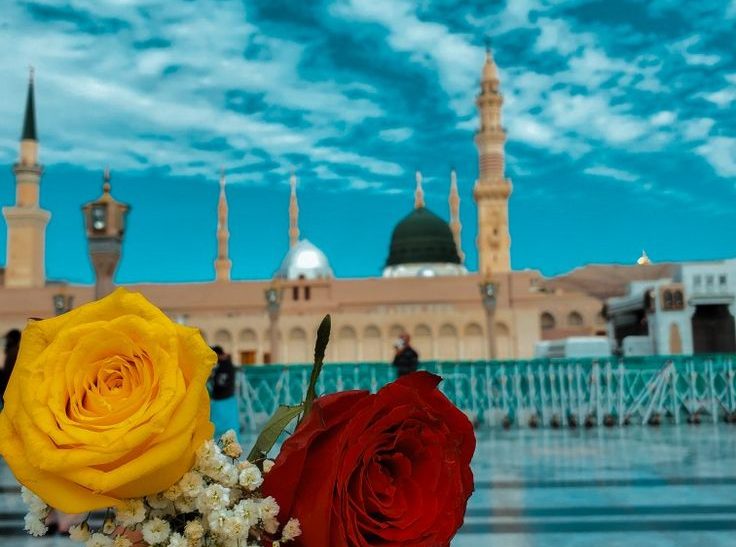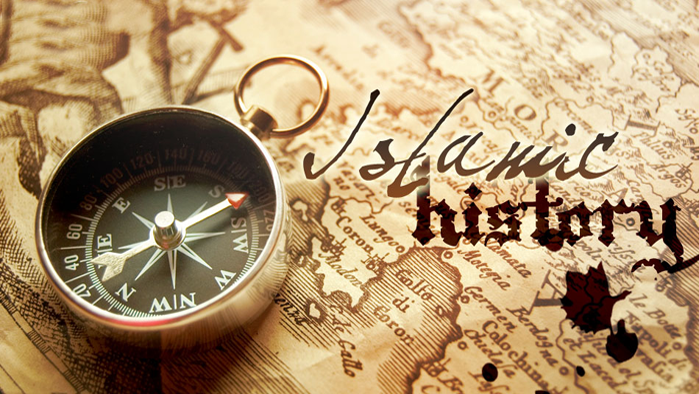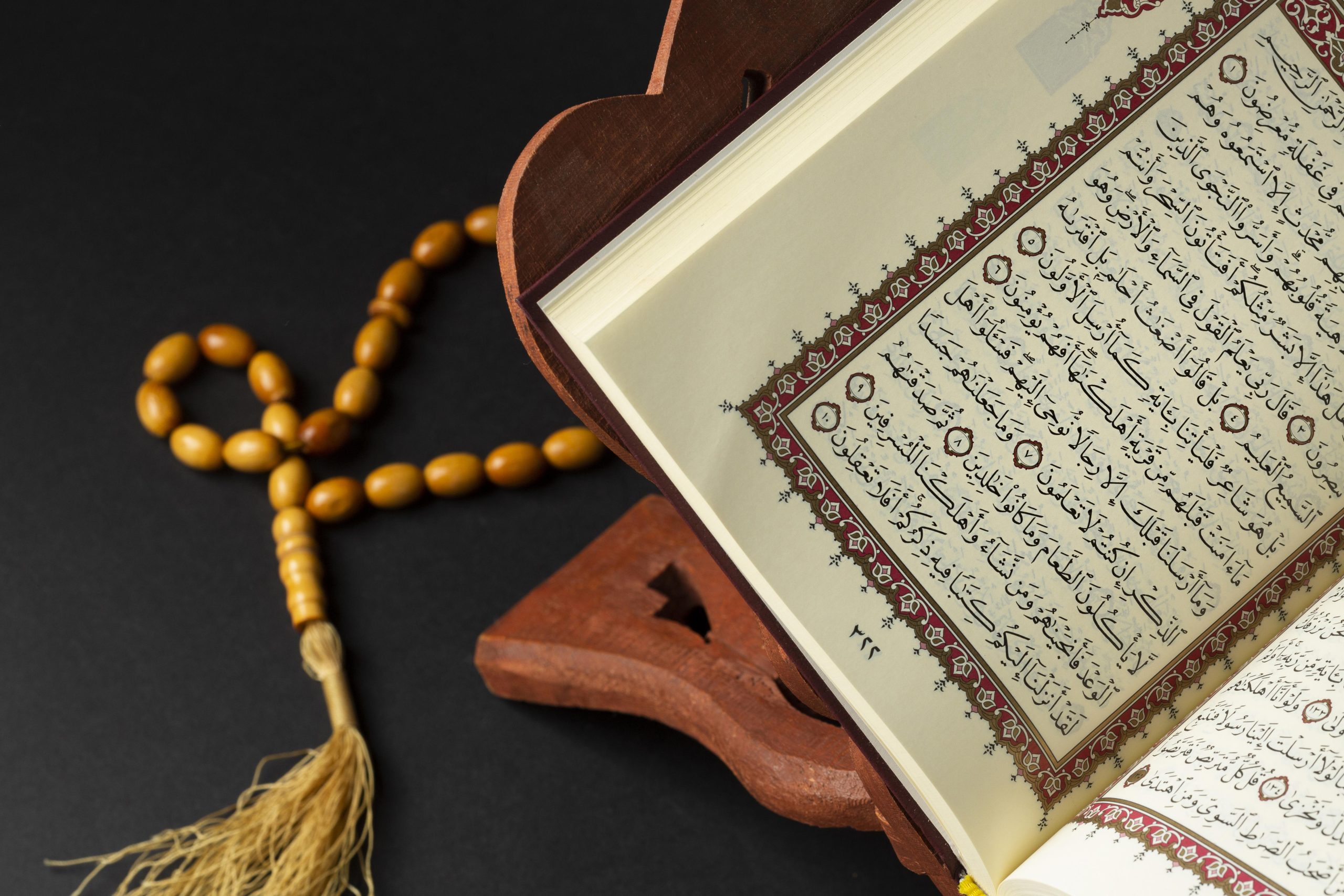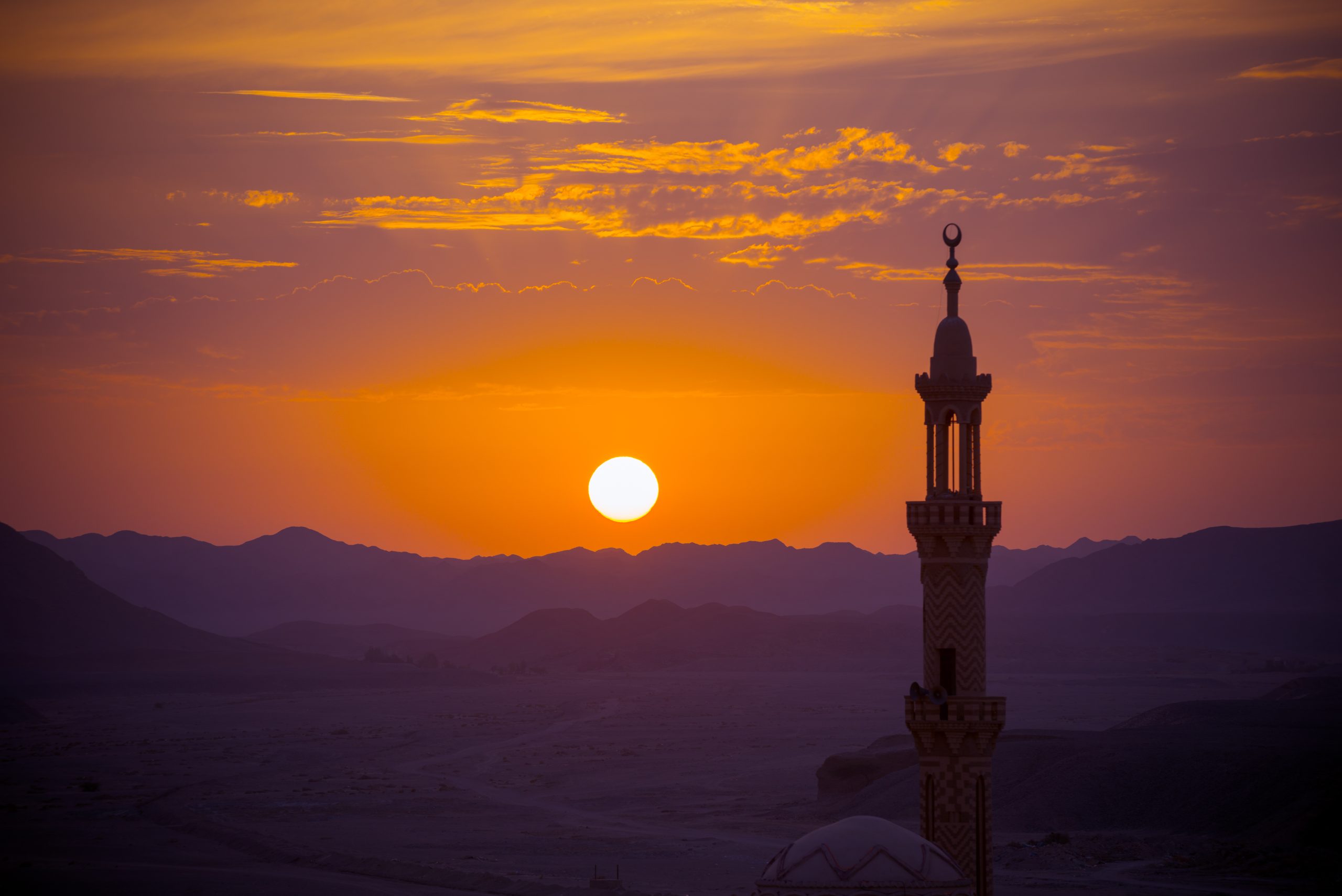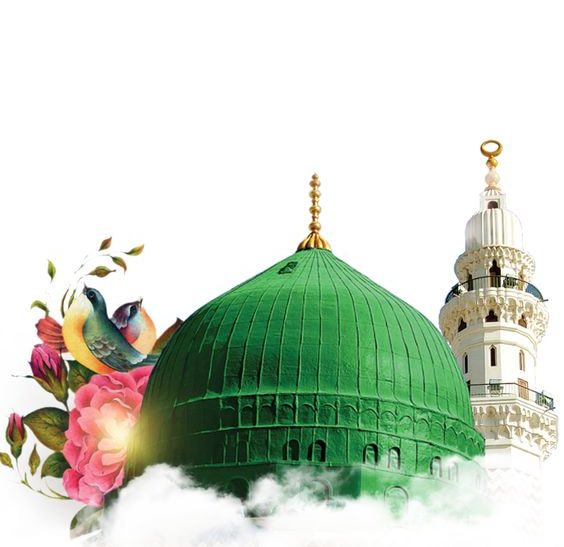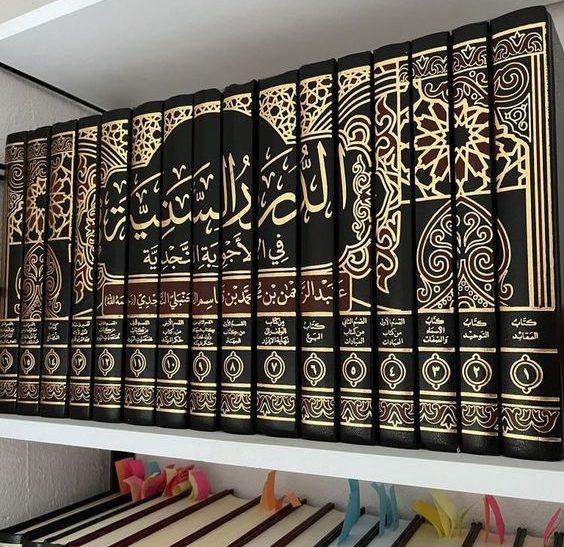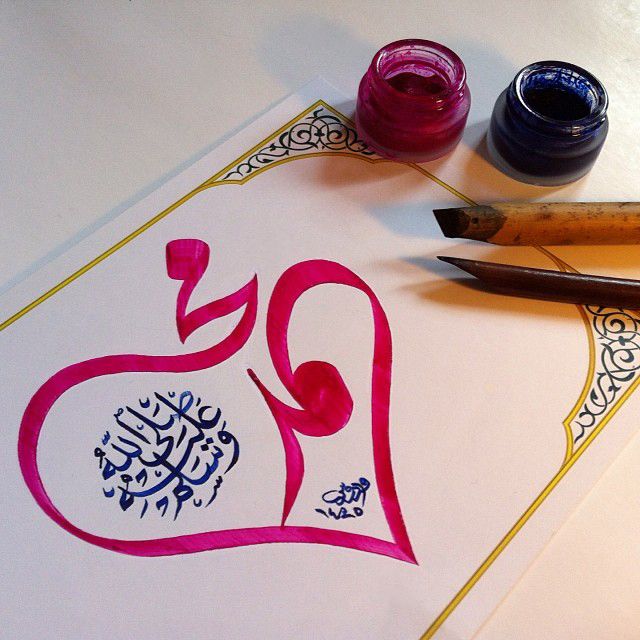Medina, known as the “City of Light” (Madinat al-Nabi), holds a sacred place in Islamic history as the second holiest city after Mecca. It was in this blessed city that Prophet Muhammad (peace be upon him) found refuge, established a thriving Muslim community, and laid the foundations of an exemplary society based on justice, compassion, and divine guidance. This narrative delves deep into the intricacies of Muhammad’s life in Medina, illuminating the transformative journey that shaped the course of Islamic civilization. Here are some key events in the life of Prophet Muhammad (peace be upon him):
- Birth in Mecca
- Orphanhood and Early Life
- Marriage to Khadijah
- First Revelation in the Cave of Hira
- Proclamation of Prophethood
- Persecution in Mecca
- Journey of Isra and Miraj
- Migration (Hijrah) to Medina
- Treaty of Aqabah
- Battle of Badr
- Battle of Uhud
- Treaty of Hudaybiyyah
- Conquest of Mecca
- Farewell Pilgrimage
- Passing in Medina
Each of these events is significant in shaping the course of Islamic history and highlighting key aspects of Prophet Muhammad’s life and teachings.
Prophet Muhammad (peace be upon him) lived a life filled with significant events that shaped the course of Islamic history and provided timeless guidance for believers. Let’s delve into some of these pivotal moments in chronological order:
Prophet Muhammad (SAW) was born in Mecca in the Year of the Elephant, approximately in 570 CE. His birth heralded a new era, and from a young age, he displayed wisdom, honesty, and compassion. Raised by his grandfather Abdul-Muttalib and later by his uncle Abu Talib, Muhammad (SAW) grew up amidst the bustling city of Mecca, known for its trade, culture, and diverse religious practices. One of the significant events in Muhammad’s (SAW) life was his marriage to Khadijah bint Khuwaylid, a respected businesswoman in Mecca. The union marked a partnership built on mutual respect, love, and support. Khadijah’s unwavering faith in Muhammad’s prophethood played a crucial role in the early years of Islam. At the age of 40, Muhammad (SAW) received the first revelation from Allah through the Angel Gabriel while meditating in the Cave of Hira, located on the outskirts of Mecca. This transformative experience marked the beginning of his prophetic mission and the revelation of the Quran, the holy scripture of Islam.
Following the first revelation, Muhammad (SAW) began proclaiming the message of monotheism and calling people to worship Allah alone. Despite facing initial skepticism and opposition, his sincerity, integrity, and character earned him the title “Al-Amin” (the trustworthy) among his peers.
As Muhammad (SAW) continued to spread the message of Islam, he faced increasing opposition and persecution from the Quraysh tribe and the Meccan elites. The early Muslim community endured hardships, boycotts, and social ostracism, yet their faith remained steadfast.
In 622 CE, Muhammad (SAW) and his followers embarked on the historic migration (Hijrah) from Mecca to Medina, seeking refuge and the opportunity to practice their faith freely. The Hijrah marked a new chapter in Islamic history and established Medina as the center of the growing Muslim community.
Before the migration to Medina, Muhammad (SAW) met with representatives from the city of Yathrib (later renamed Medina) during the Second Pledge of Aqabah. This treaty solidified the alliance between the Muslims and the people of Medina, paving the way for their migration and support.
One of the pivotal events in early Islam was the Battle of Badr, fought in 624 CE. Despite being outnumbered, the Muslims achieved a decisive victory, demonstrating the strength of faith and divine support. The battle marked a turning point and boosted the morale of the Muslim community. The Battle of Uhud, fought in 625 CE, was a test of endurance and resilience for the Muslims. Although they initially gained an advantage, a lapse in discipline led to challenges during the battle. However, Muhammad’s (SAW) leadership and steadfastness inspired his followers to persevere.
In 628 CE, Muhammad (SAW) negotiated the Treaty of Hudaybiyyah with the Quraysh tribe, despite initial setbacks and misunderstandings. The treaty established a truce and allowed for peaceful relations between the Muslims and the Meccans, paving the way for future alliances. In 630 CE, Muhammad (SAW) and the Muslim army entered Mecca peacefully, marking the conquest of the city without bloodshed. The event showcased Muhammad’s (SAW) magnanimity and forgiveness towards his former adversaries, emphasizing the importance of mercy and reconciliation. In 632 CE, Prophet Muhammad (SAW) performed his final pilgrimage to Mecca, known as the Farewell Pilgrimage. During this pilgrimage, he delivered his famous Farewell Sermon, which encapsulated key teachings on faith, ethics, and social justice. The sermon emphasized unity, equality, and the sanctity of human life. Prophet Muhammad (SAW) passed away in 632 CE in Medina, leaving behind a legacy of divine guidance, compassion, and exemplary leadership. His passing marked the end of an era but heralded the beginning of a global movement that continues to impact millions of lives.
These events in Prophet Muhammad’s (SAW) life are not just historical milestones but embody timeless lessons of faith, perseverance, compassion, and divine guidance. They serve as a source of inspiration and guidance for Muslims worldwide, illuminating the path to righteousness and spiritual fulfillment.

